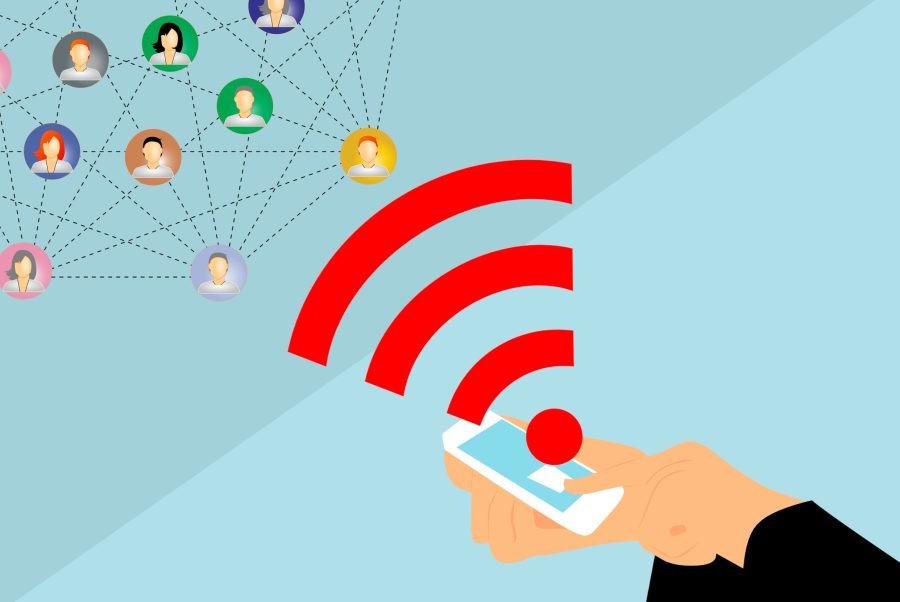The digital music landscape has been dramatically transformed over the past few decades, with various services coming and going. Among the most iconic and, at times, controversial names in this evolution is Napster.
This platform started as a revolutionary peer-to-peer (P2P) file-sharing service that changed how people accessed music online. But what has become of Napster since its early days of legal challenges and public debates? Is the service still around in any form? Let’s dive into the history and current state of Napster to uncover its journey from a P2P pioneer to a legitimate subscription-based music service.
The Rise and Fall of Napster
Napster burst onto the scene in 1999, quickly becoming synonymous with free music downloading. Its P2P file-sharing model allowed users to easily share and download music files, which led to a massive surge in its popularity. However, this success was not without its challenges.
- Legal Battles: Napster faced numerous lawsuits from record labels and artists, accusing it of facilitating copyright infringement on a massive scale. These legal battles ultimately led to the platform’s shutdown in 2001.
- Bankruptcy and Acquisition: After losing multiple lawsuits, Napster filed for bankruptcy in June 2002. Its brand and logos were later acquired at a bankruptcy auction by Roxio, which rebranded the Pressplay music service as Napster 2.0.
The Transformation into Napster 2.0
Under Roxio’s ownership, Napster underwent a significant transformation. The controversial P2P model was abandoned in favor of a legal, subscription-based service. This marked a new chapter for Napster, aiming to provide a legitimate and sustainable way for users to access music.
- Acquisition by Best Buy: In September 2008, Napster was purchased by US electronics retailer Best Buy for US $121 million, further cementing its position as a mainstream music service.
Napster Today
Despite the dramatic shifts in its business model and ownership, Napster is indeed still around today. It operates as a premium subscription service, offering millions of consumers unlimited ad-free access to music on any device. Here’s what you need to know about the modern Napster:
- Global Availability: Napster is available in 33 countries, providing a vast library of music to its subscribers.
- Subscription Model: The original P2P file-sharing model has been replaced with a monthly subscription model, aligning Napster with other contemporary music streaming services.
For those curious about exploring Napster’s current offerings or learning more about its rich history, visit Napster’s official website for further information.
Conclusion
Napster’s journey from a controversial file-sharing service to a legitimate music subscription platform is a testament to the ever-evolving nature of the music industry and digital technology. While its initial model sparked debates and legal battles, Napster’s ability to adapt and evolve has ensured its survival in a competitive market. Today, it stands as a reminder of the digital revolution in music, continuing to serve millions of users around the globe. Whether you’re a longtime fan or a curious newcomer, Napster’s story is a fascinating chapter in the history of music and technology.



